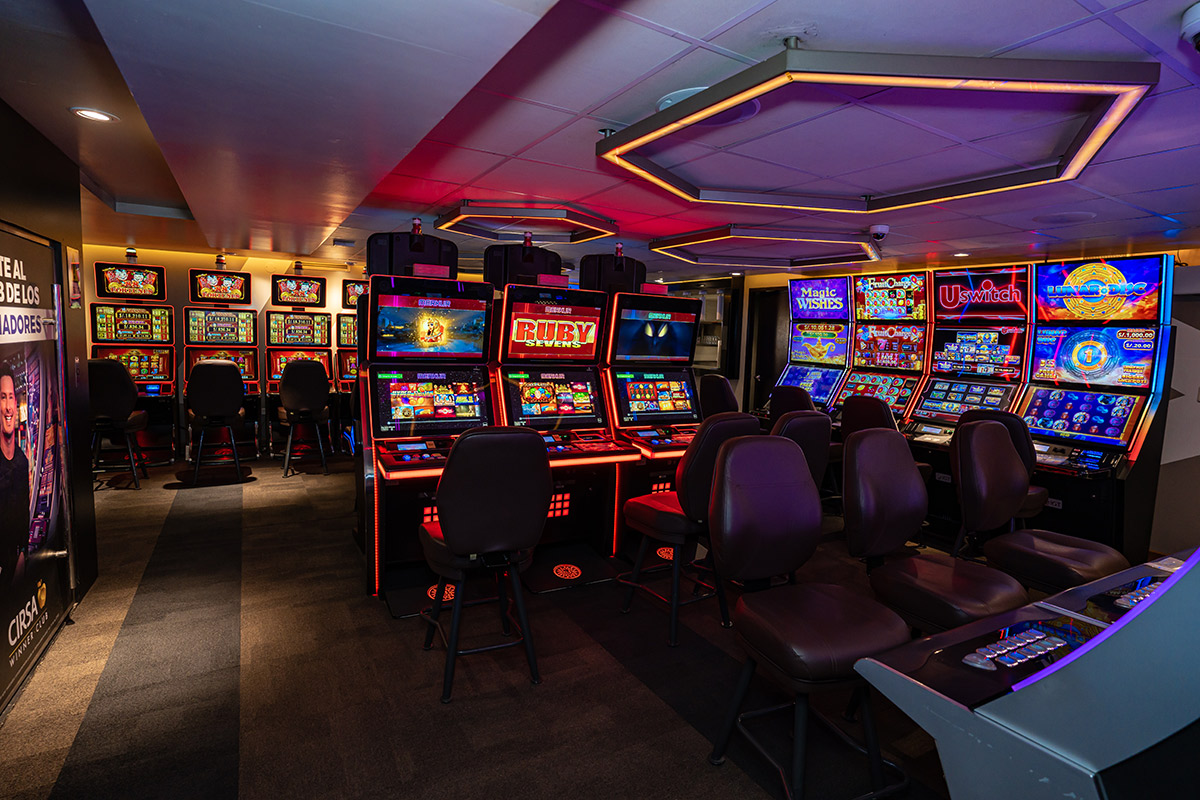
The sphere of casino entertainment has long captivated participants with its combination of thrill, tactics, and the thrill of luck. With tech advancements progresses and the gambling landscape evolves, an new approach known as game-based learning has begun to reshape the way we experience these traditional games. By incorporating game-like elements such as challenges, prizes, and progress tracking, gamification enhances player interaction and changes the classic casino environment into a more lively and inviting environment.
This approach in casino entertainment not only appeals to seasoned gamblers but also draws in a new generation of players who desire a much involved experience. Featuring elements that promote participation and build connection among players, the gamified features infuse new life into cherished favorites like poker, blackjack, and slot machines. In we delve deeper into this phenomenon, we will explore how this trend is transforming the casino atmosphere, making it far accessible, entertaining, and rewarding for all involved.
Grasping Game Elements
Game mechanics denotes the application of game-like elements in real-world environments to improve user engagement and experience. In the world of casino games, this idea has gathered considerable traction, transforming classic gaming into a more interactive and satisfying adventure. By including elements such as scores, stages, and rewards, casinos can build an atmosphere that encourages players to participate more often and for longer periods.
At the heart of gamification is the want to harness the intrinsic motivations of players. Casino games that use gamification techniques are designed to not only amuse but also to promote rivalry and success. Players are often attracted to the prompt responses and progress tracking that these features provide. This not only maintains them involved but also nurtures a sense of achievement as they reach goals and access fresh elements.
Furthermore, gamification can enhance social engagement among players, creating a community atmosphere that enhances the pleasure of gaming experiences. Features such as ranking systems, group contests, and collaborative tasks allow players to link with fellow players, share stories, and battle in a good-natured manner. This social aspect adds another layer to the gaming experience, rendering it more immersive and pleasurable for gamers.
Effect on User Engagement
Gamification methods in gambling games have greatly transformed the way users interact with their favorite pastimes. By incorporating aspects such as incentives, scoreboards, and achievement badges, gaming platforms create an setting that encourages a more profound bond between players and the games they prefer. This enhanced engagement results to extended gaming time and increased player dedication, as players endeavor to reach new stages or obtain unique bonuses.
Moreover, the interactive component of game-based casino games cannot be ignored. Several platforms allow users to battle against peers or other users, which brings a dimension of anticipation and camaraderie. This rivalry drives engagement by appealing into users’ desire to win, motivating them to return for additional in order to raise their position or showcase their achievements. As a result, the connections between players foster a feeling of community that encourages players to play again.
Furthermore, the prompt feedback and acknowledgment provided by interactive features serve to inspire players. Whether a message of a recent achievement or the joy of earning a prize, these instant gratifications play a essential role in maintaining engagement. By constantly offering gamers for their participation, casino games become more than just a pastime; they evolve into an immersive engagement that captivates gamers and enhances their overall experience.
Trends in Casino Game Design
The landscape of casino game design is continuously evolving, driven by technological advancements and shifting player preferences. One notable trend is the incorporation of immersive technologies, such as VR reality and augmented reality, to enhance the gaming experience. Such technologies create a more engaging environment, allowing players to feel as though they are in a physical casino, which can lead to prolonged play sessions and increased player satisfaction.
A further trend is the integration of narrative elements into casino games. Game designers are concentrating on narratives to create a deeper connection between the player and the game. This narrative-driven approach not only makes the games more enjoyable but also encourages players to invest emotionally, which can enhance their complete experience. By blending traditional gaming mechanics with captivating stories, developers are drawing in a broader audience who may not have previously engaged with casino games.
Finally, the growth of multiplayer features is reshaping how players interact with casino games. Many games now incorporate social elements, such as broadcasting achievements or competing with friends, to promote social interaction and engagement. This trend reflects a shift towards a more participatory experience, where players can link with others, sharing their enthusiasm and challenges. trang chủ xx88 As casinos adapt to these social dynamics, the experience of gaming becomes not just about solo play, but also about building connections among players.

